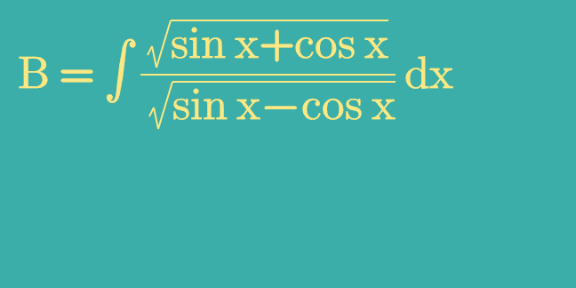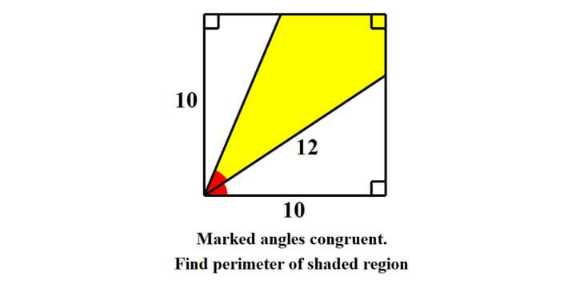
AllQuestion and Answers: Page 625
Question Number 156793 Answers: 1 Comments: 0
Question Number 156789 Answers: 0 Comments: 1

Question Number 156788 Answers: 3 Comments: 0
Question Number 156779 Answers: 2 Comments: 0
$$\int\frac{{ln}\left(\mathrm{1}+{x}^{\mathrm{2}} \right)}{\mathrm{1}+{x}^{\mathrm{2}} } \\ $$
Question Number 156761 Answers: 2 Comments: 0
Question Number 156807 Answers: 1 Comments: 3
Question Number 156806 Answers: 1 Comments: 0

Question Number 156754 Answers: 1 Comments: 0

Question Number 156744 Answers: 2 Comments: 0
$$\mathrm{y}``+\mathrm{y}'=\mathrm{e}^{\mathrm{x}} +\mathrm{3x} \\ $$$$ \\ $$
Question Number 156743 Answers: 2 Comments: 0

Question Number 156739 Answers: 0 Comments: 1

Question Number 156734 Answers: 1 Comments: 1

Question Number 156729 Answers: 1 Comments: 0

Question Number 156727 Answers: 1 Comments: 0

Question Number 156710 Answers: 1 Comments: 4

Question Number 156709 Answers: 1 Comments: 0
Question Number 156695 Answers: 1 Comments: 0
Question Number 156691 Answers: 1 Comments: 0
Question Number 156689 Answers: 0 Comments: 0

Question Number 156684 Answers: 2 Comments: 0
Question Number 156683 Answers: 1 Comments: 3

Question Number 156677 Answers: 1 Comments: 3

Question Number 156676 Answers: 3 Comments: 1

Question Number 156671 Answers: 2 Comments: 0

Question Number 156663 Answers: 0 Comments: 2
Question Number 156662 Answers: 0 Comments: 0
Pg 620 Pg 621 Pg 622 Pg 623 Pg 624 Pg 625 Pg 626 Pg 627 Pg 628 Pg 629
